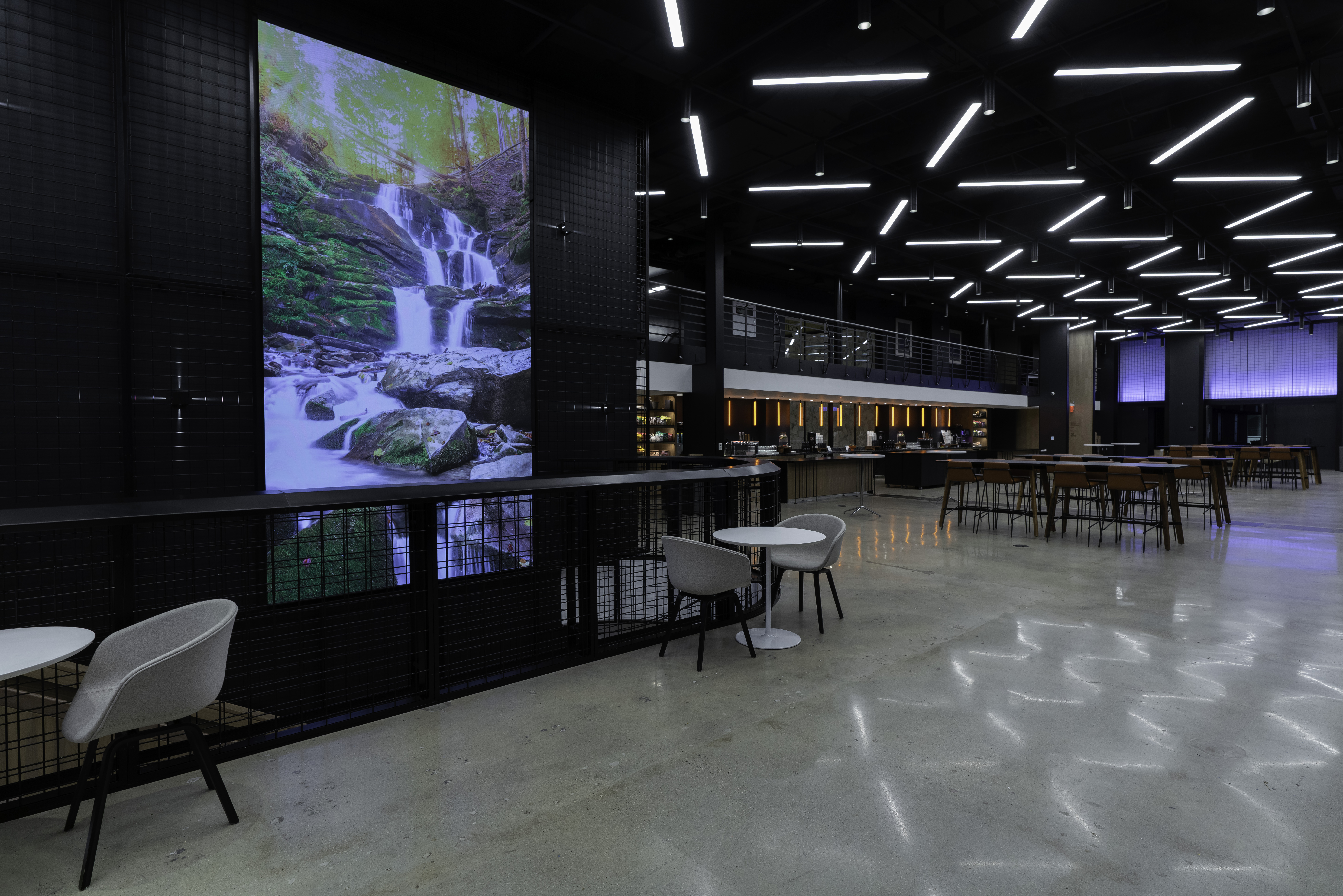Maximizing Visual Impact Via Strategic Material Timing for LED Display Performance
Wiki Article
Enhancing aesthetic effect throughout light-emitting diode wall shows demands meticulous planning and strategic content scheduling. LED walls represent potent instruments in visual narration, often used during musical events, events, and presentations. The effectiveness of these displays depends not only on the quality of the visuals but also on the manner plus timing they are presented. By understanding the audience's attention span and the flow of the event, organizers can create a more engaging experience that captivates viewers and enhances the overall performance.
One key aspect of tactical visual timing is scheduling. It is essential to align the visuals to the rhythm and pace of the performance. For instance, during a music show, images should enhance the beat and atmosphere of the melody. This alignment aids to forge a unified encounter that draws the audience in. Additionally, it is important to consider the duration of each visual clip. Brief, striking segments can sustain audience interest, while longer visuals may be suitable for moments of reflection or emotional connection. By altering the duration and intensity of the images, event planners can maintain the audience interested during the show.

Another important factor is the material itself. The visuals displayed on useful link the light-emitting diode screen should be pertinent to the concept of the performance. This relevance helps to reinforce the message being conveyed plus renders the encounter more memorable for the audience. For example, if the show is about ecological awareness, using images that illustrate the environment and animals can amplify the narrative. Furthermore, incorporating dynamic elements, such as motion graphics or engaging graphics, can add thrill and maintain the viewers' attention. The right content, presented at the right time, can significantly elevate the impact of the show.
Viewer involvement is also a key factor in visual scheduling. Comprehending the characteristics and preferences of the audience can guide the selection of visuals. For example, a younger audience may respond better to bright hues and quick motion graphics, while an mature crowd might appreciate more nuanced and sophisticated visuals. By customizing the material to the viewers' preferences, event planners can create a more tailored experience that connects with viewers. Additionally, incorporating audience participation, such as live polls or social interactions, can further enhance engagement and make the performance more interactive.
Finally, evaluating the effectiveness of the content timing is crucial for upcoming shows. Collecting responses from the viewers can offer insightful information into what worked well and what could be improved. This information can help organizers refine their approaches and take knowledgeable decisions for upcoming performances. By constantly evaluating and adapting the content scheduling approach, organizers can amplify the aesthetic effect of light-emitting diode screen performances and create memorable encounters for their audiences.